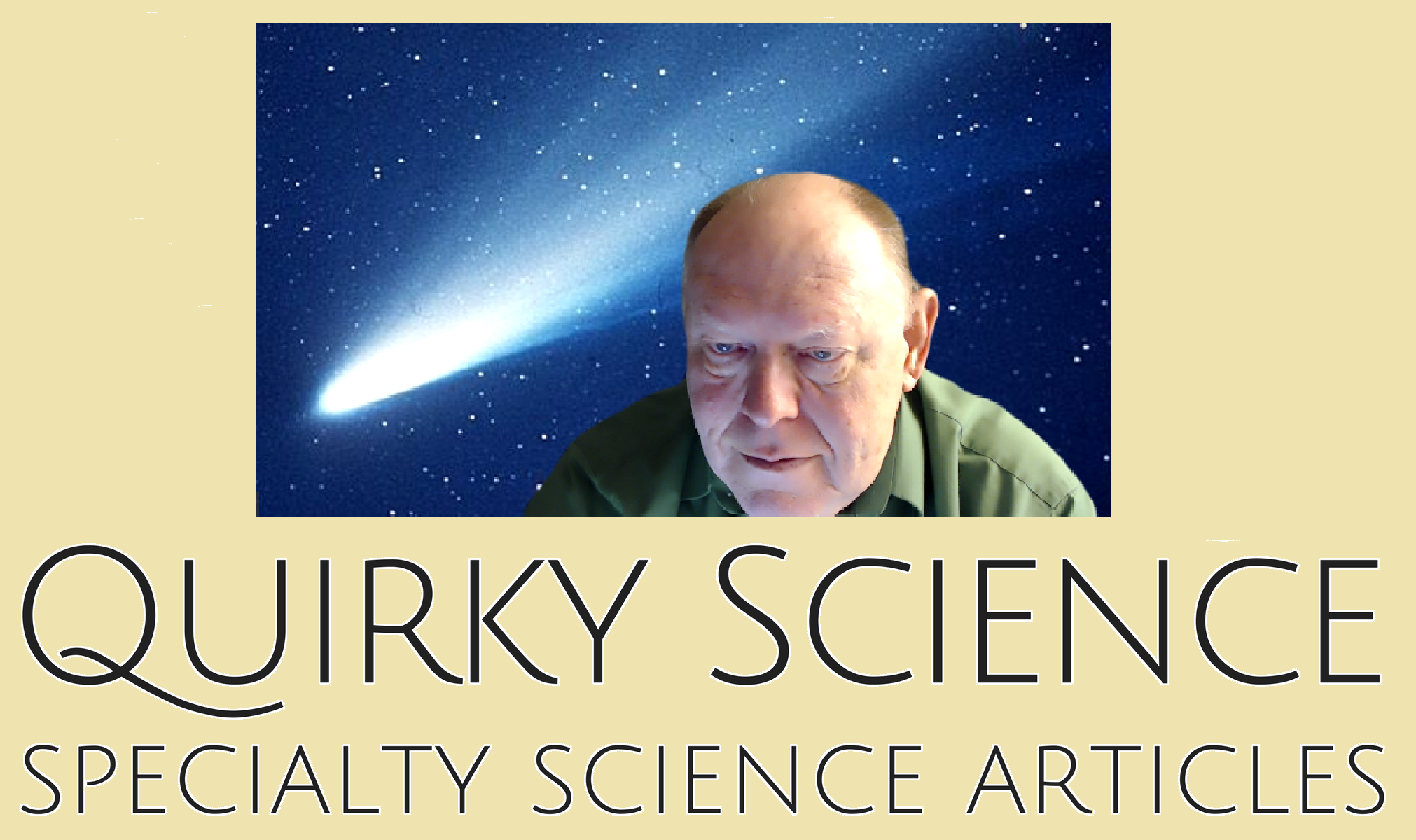The Bent Water Molecule – Why Is It Bent?
[caption id="attachment_14934" align="alignright" width="480"] Liquid Water (Left) - Ice (Right)[/caption] The water molecule, H₂O, consists of two hydrogen atoms and one oxygen atom. A naïve attempt at writing its structure out in full is H‒O‒H. What’s naïve about this? This drawing is linear—a straight line. It is naïve because the water molecule is a bent water molecule... bent at about 104.5°. It is a good thing for us that this is so, since this imparts a degree of polarity to the water molecule. Polarity, in turn, gives rise to hydrogen bonding. The hydrogen bonding of molecules assures water’s liquidity. In addition hydrogen bonding influences water’s crystallization, so that ice is lighter than very cold water. Ice thus floats, forming an insulating blanket atop lakes and other bodies of water. This…
